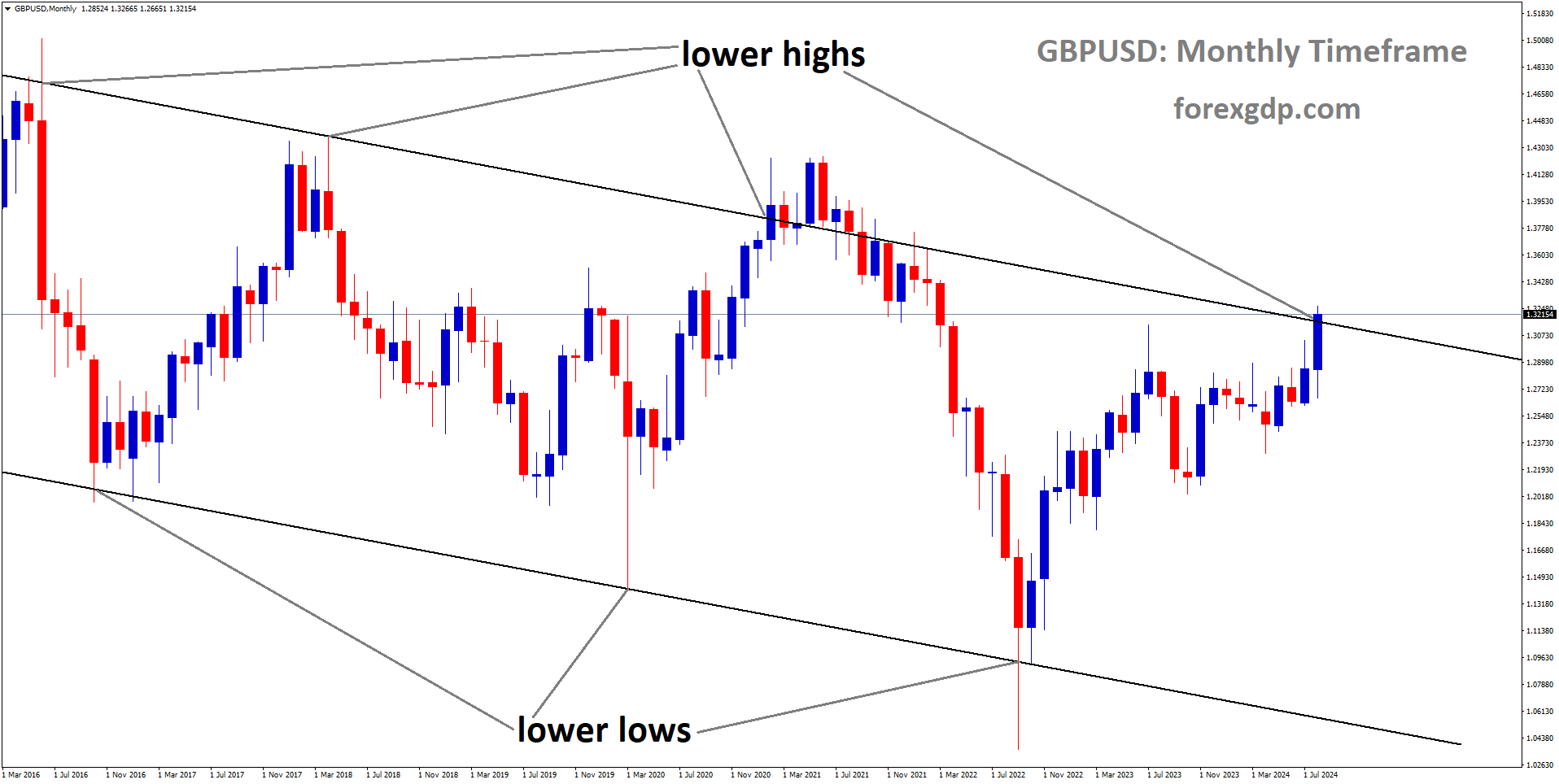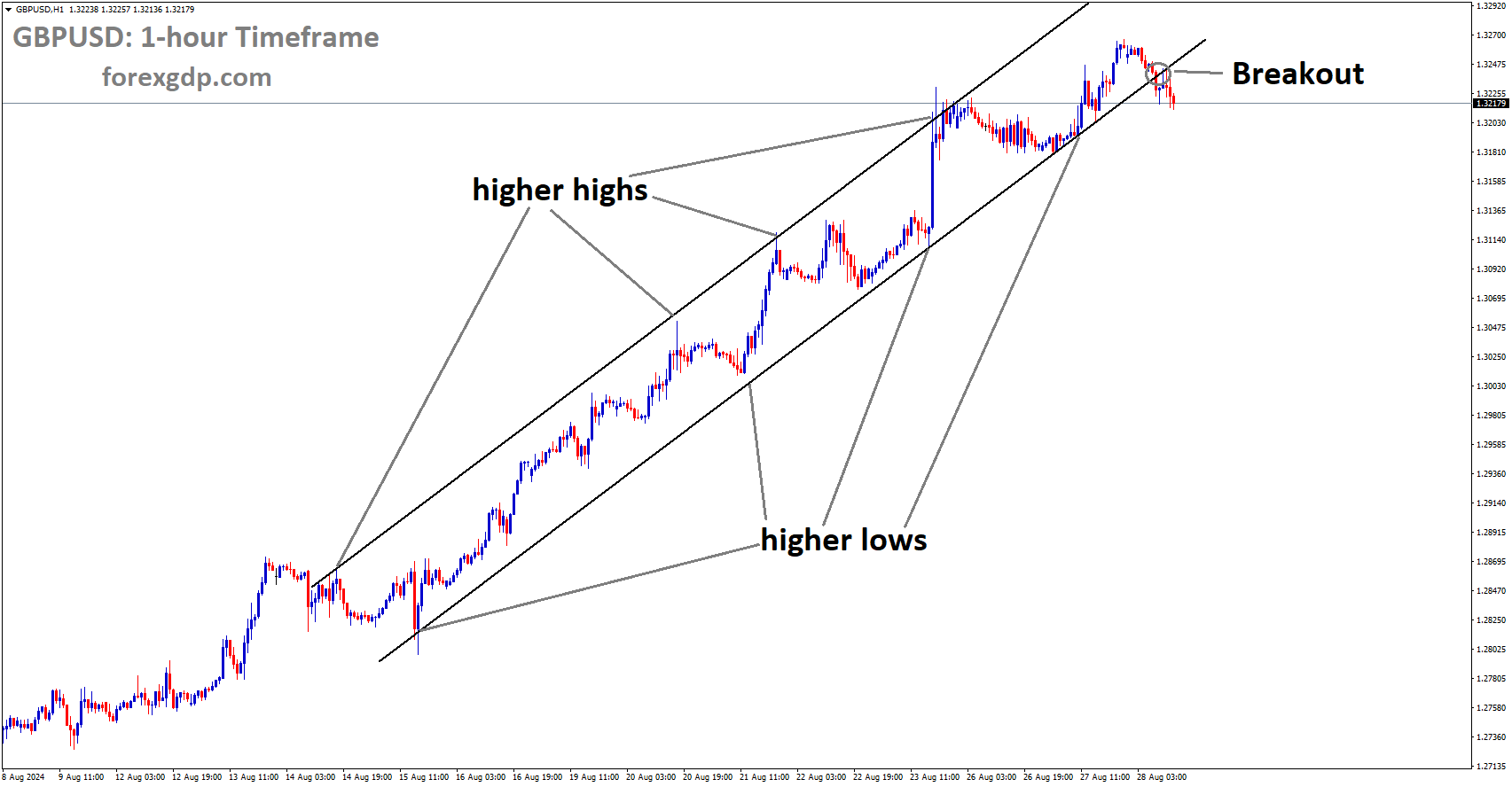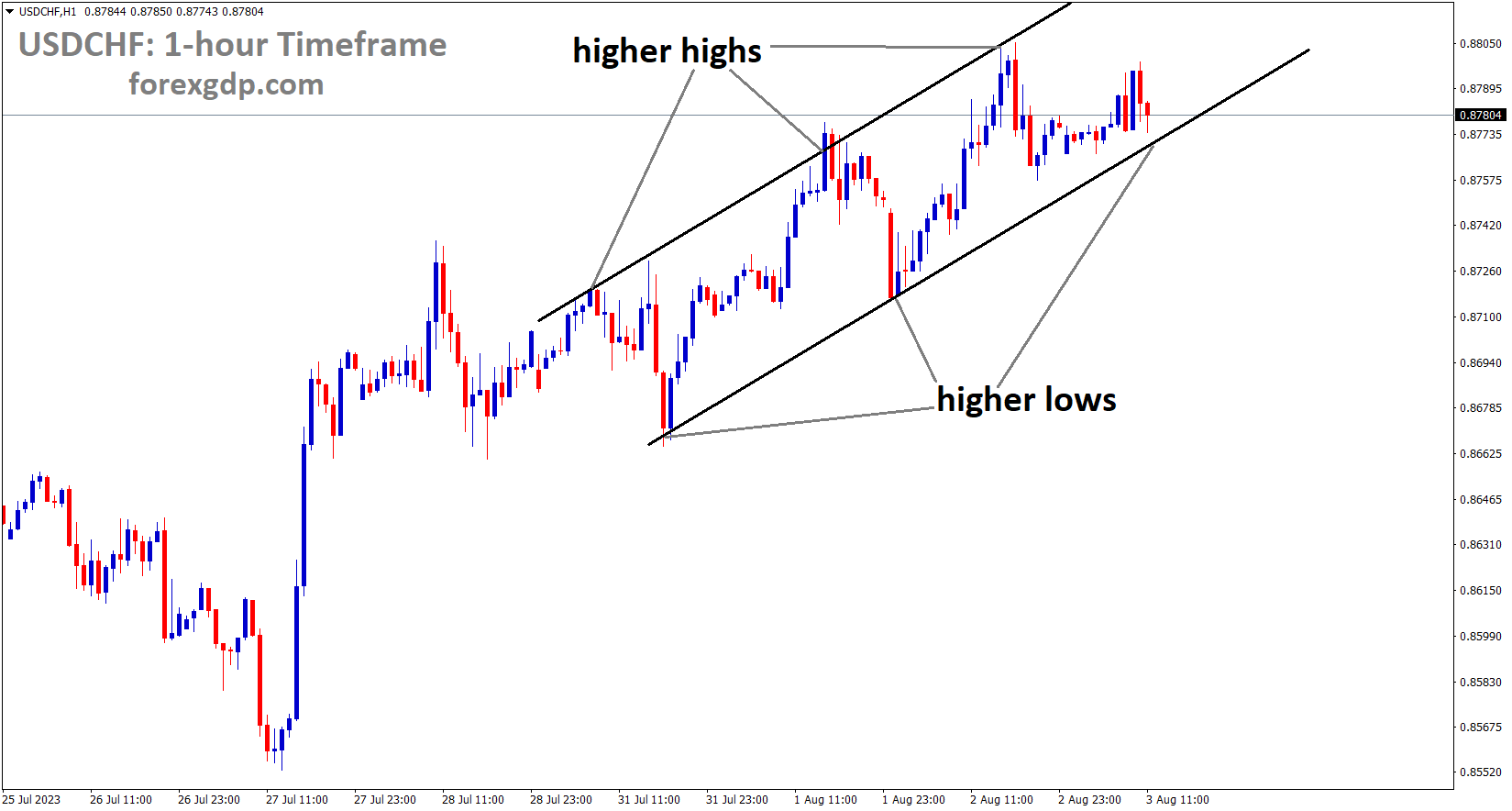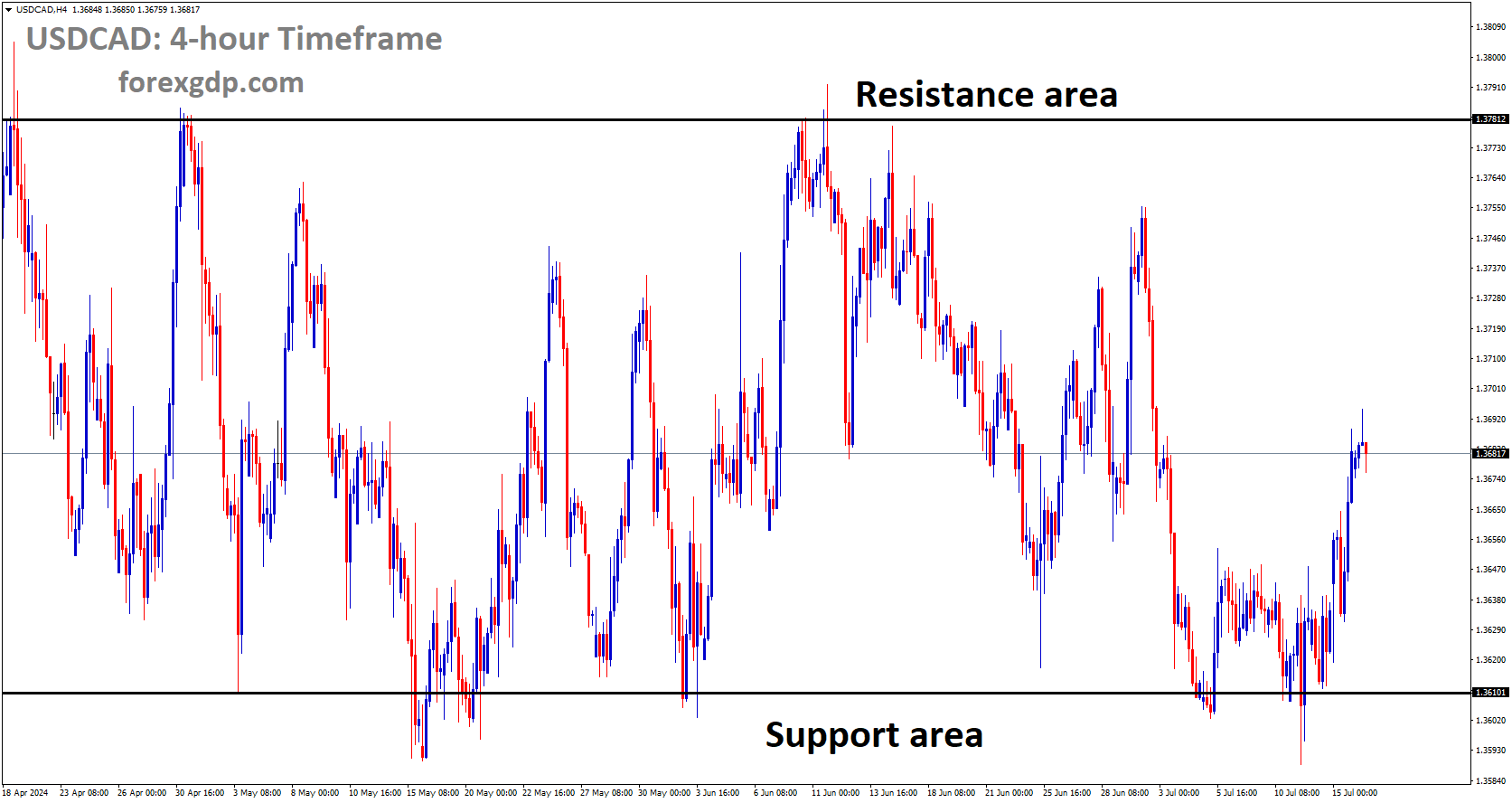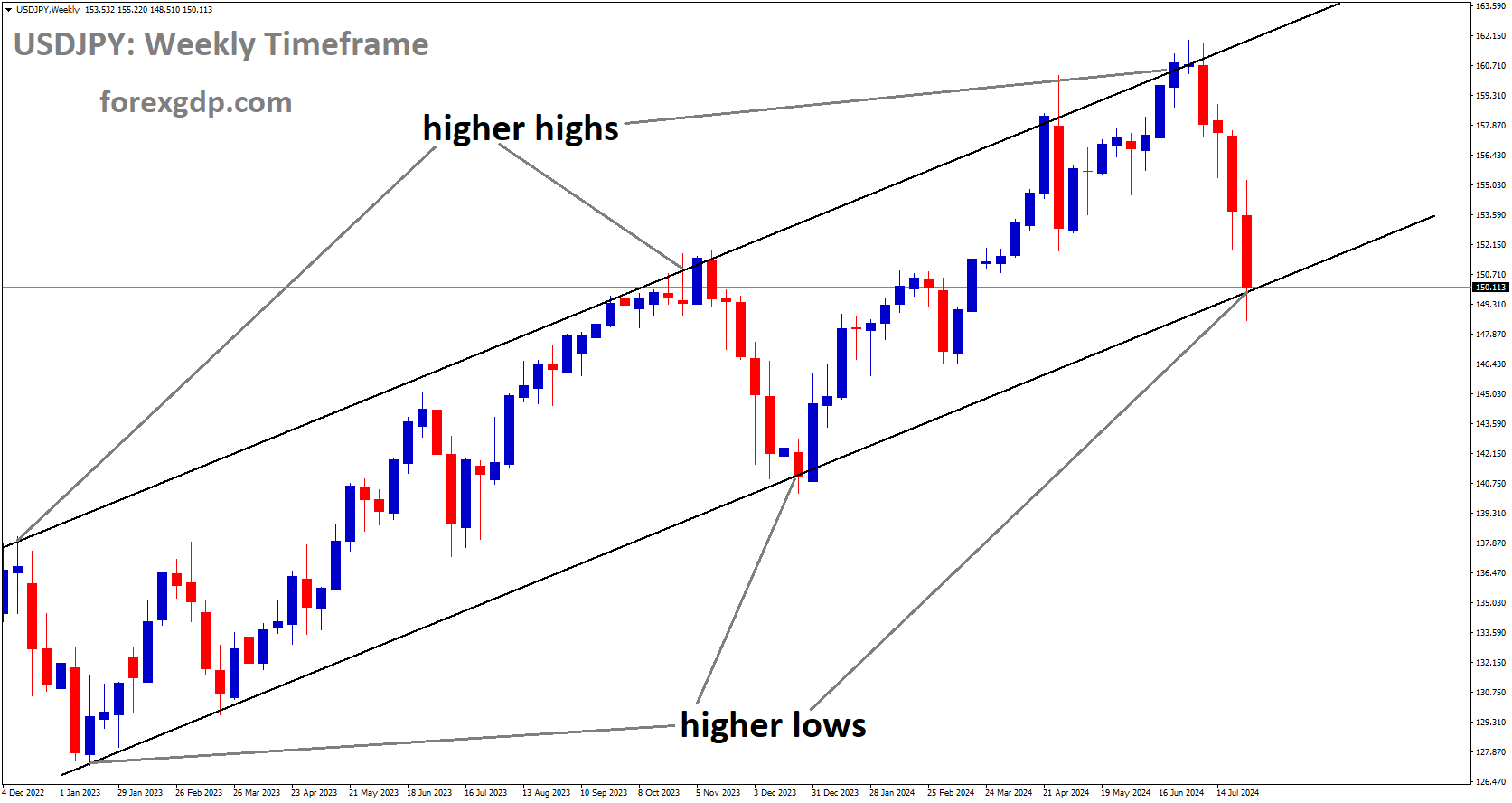GBPUSD is moving in a descending channel, and the market has reached the lower high area of the channel
#GBPUSD Analysis Video
Pound Sterling Wavers as US Dollar Strengthens: What’s Next for the GBP/USD Pair?
The Pound Sterling recently saw a decline from its high against the US Dollar, sparking interest among traders and investors alike. This shift in momentum raises questions about what’s driving the GBP/USD pair’s movement and what could be on the horizon. Let’s dive into the factors influencing the Pound’s performance and what investors should keep an eye on moving forward.
The Pound Sterling Slips as the US Dollar Gains Ground
The Pound Sterling (GBP) recently dropped from a two-year high against the US Dollar (USD), catching the attention of market participants. This decline comes as the US Dollar starts to regain some strength after a period of weakness. So, what’s causing this shift? One major factor is the anticipation around the United States (US) core Personal Consumption Expenditure Price Index (PCE) data for July. Investors are eager to see these numbers, as they could be the next big driver for the GBP/USD pair.
The US Dollar Index (DXY), which measures the value of the Greenback against a basket of six major currencies, has found some buying interest recently. This interest sparked after the index hit a fresh low for the year at 100.50. However, despite this slight recovery, the outlook for the US Dollar remains somewhat uncertain. Investors are keeping a close eye on the Federal Reserve’s (Fed) next moves, particularly regarding interest rates.
What’s Driving the Fed’s Decision-Making?
The Federal Reserve has been at the center of speculation regarding future interest rate cuts. Traders are actively debating whether the Fed will opt for a significant cut or a smaller reduction in borrowing costs. According to recent data from the CME FedWatch tool, there’s a 34.5% chance that the Fed will reduce interest rates by 50 basis points (bps) at its September meeting, while the majority are expecting a smaller 25 bps cut.
So, why is this important? Well, the Fed’s decision on interest rates is closely linked to inflation, particularly the core PCE inflation, which is the Fed’s preferred gauge. Economists expect this measure of inflation to have risen slightly to 2.7% year-on-year in July, up from 2.6% in June. If inflation continues to persist, it could dampen the market’s expectations for a large rate cut, leading to more cautious optimism. Conversely, if inflation shows signs of easing, it could pave the way for a more significant rate cut.
The Bank of England’s Role in the Pound’s Performance
While the US Dollar is regaining some ground, the Pound Sterling’s performance has been mixed. The Bank of England (BoE) plays a crucial role in shaping the Pound’s value, particularly through its decisions on interest rates. Recently, the BoE cut interest rates by 25 basis points, bringing them down to 5%. This marked the end of a two-and-a-half-year period of restrictive monetary policy as the BoE gained confidence that inflation would return to its 2% target sustainably.
GBPUSD is moving in an Ascending channel, and the market has reached the higher high area of the channel
But what does this mean for the future? Market participants expect that the BoE’s path of interest rate reductions will be more gradual than that of other central banks. This is partly because the UK economy appears to be holding up relatively well, as indicated by recent economic data, including the flash S&P Global/CIPS PMI for August and strong Q2 Gross Domestic Product (GDP) growth.
What to Watch for: Catherine Mann’s Speech and Beyond
Investors are eagerly awaiting a speech by BoE policymaker Catherine Mann, scheduled for 12:15 GMT. Mann’s views are particularly noteworthy because she was among the policymakers who voted to keep interest rates steady at 5.25% during the BoE’s August meeting. Her insights could provide valuable clues about the future direction of the BoE’s monetary policy, particularly regarding how much further interest rates might be cut this year. Additionally, her outlook on service inflation and wage pressures will be closely watched.
On the political front, UK Prime Minister Keir Starmer’s comments about the upcoming financial budget, expected to be announced in October, have also played a role in shaping the Pound’s appeal. Starmer has hinted that the budget will involve “short-term pain for long-term gain,” with potential tax increases on households, particularly those with higher incomes. This fiscal outlook could have significant implications for the Pound’s performance in the coming months.
Final Thoughts
As the Pound Sterling continues to navigate choppy waters against the US Dollar, the future of the GBP/USD pair remains uncertain. The upcoming US PCE data, the Fed’s interest rate decisions, and insights from BoE policymakers like Catherine Mann will all play crucial roles in shaping the Pound’s trajectory. For investors and traders, staying informed about these developments will be key to making well-informed decisions in the days and weeks ahead.
This ever-evolving landscape underscores the importance of staying adaptable and keeping a close eye on the factors influencing the Pound and the broader currency market. As always, being proactive rather than reactive could make all the difference in navigating these complex market dynamics.
Don’t trade all the time, trade forex only at the confirmed trade setups
Get more confirmed trade signals at premium or supreme – Click here to get more signals , 2200%, 800% growth in Real Live USD trading account of our users – click here to see , or If you want to get FREE Trial signals, You can Join FREE Signals Now!

